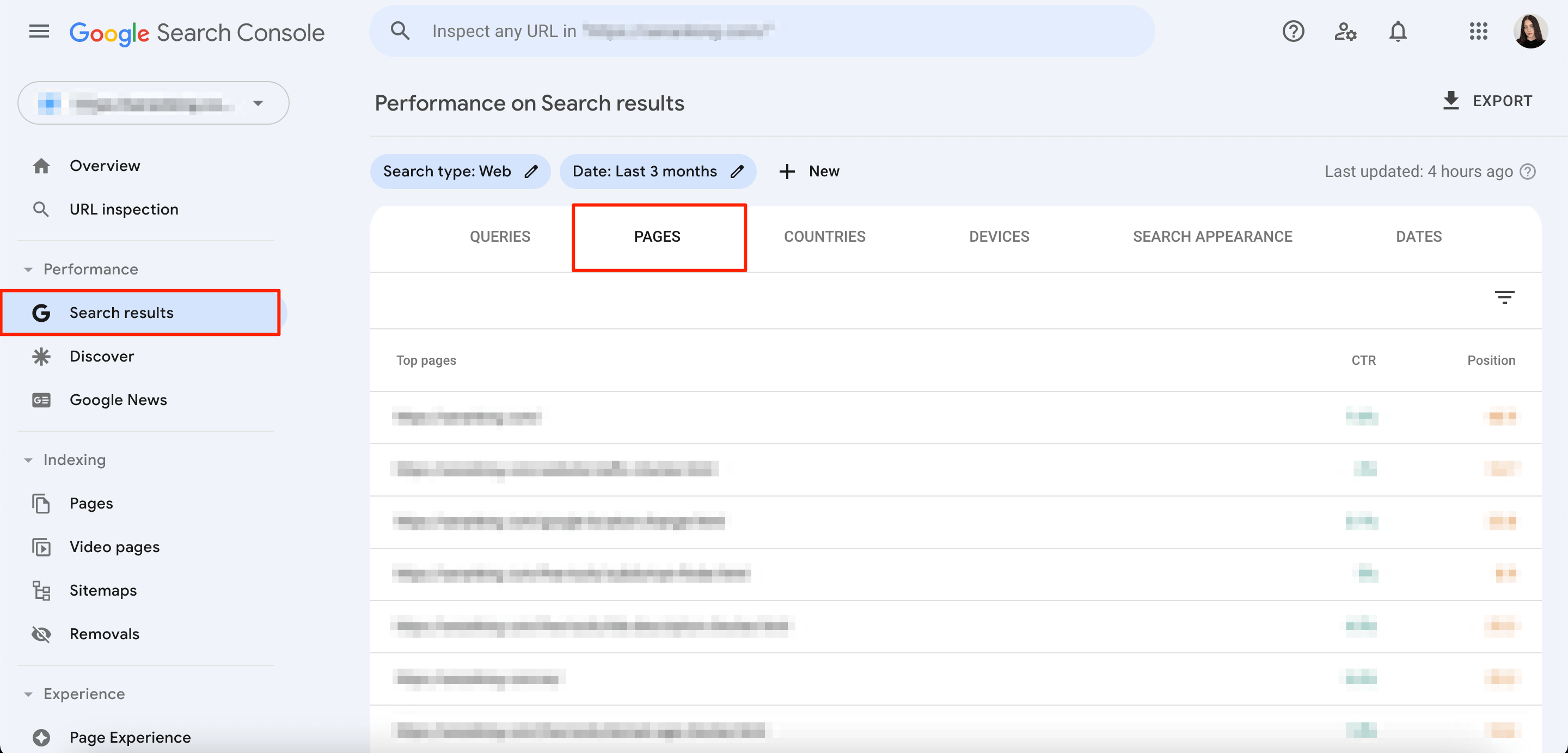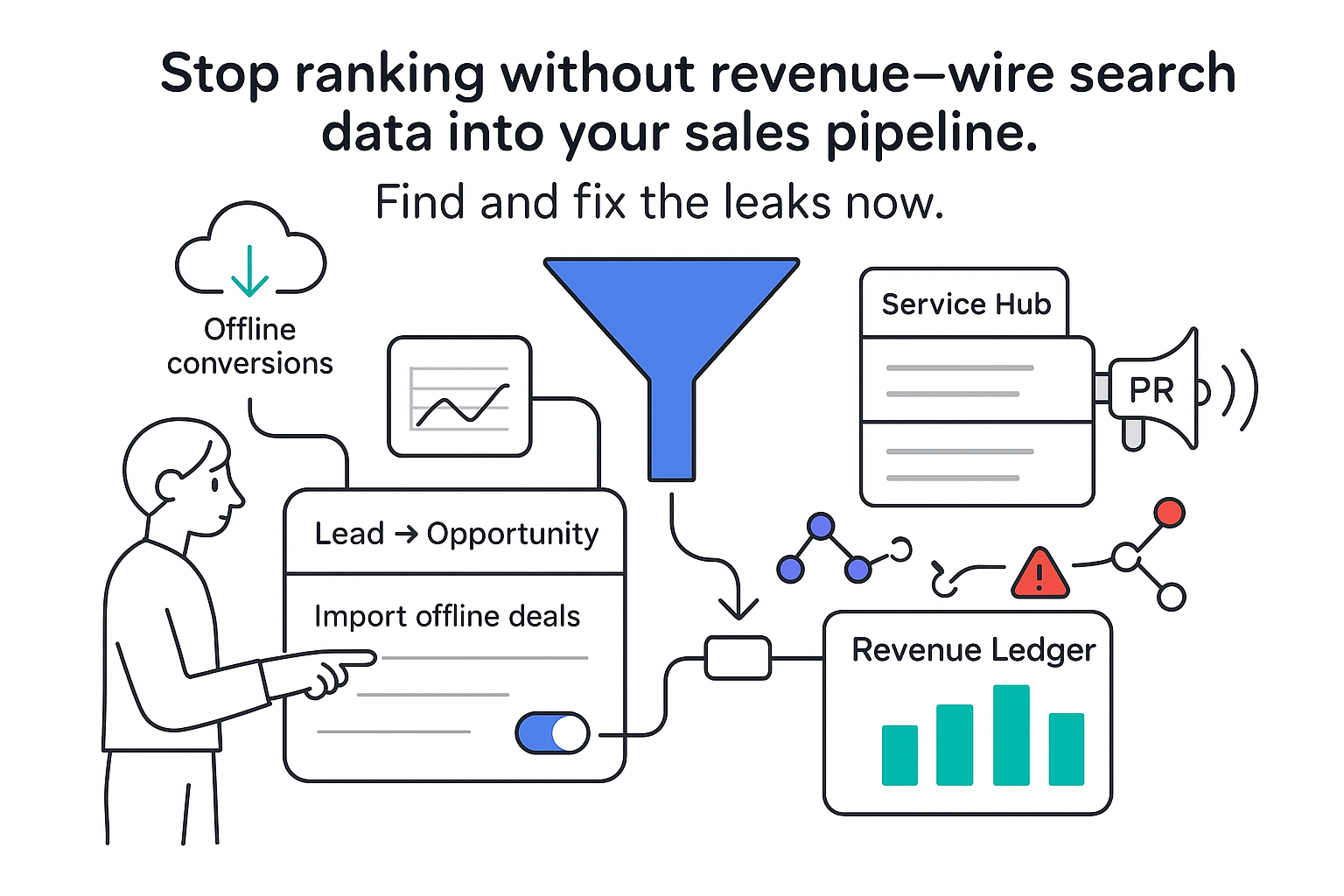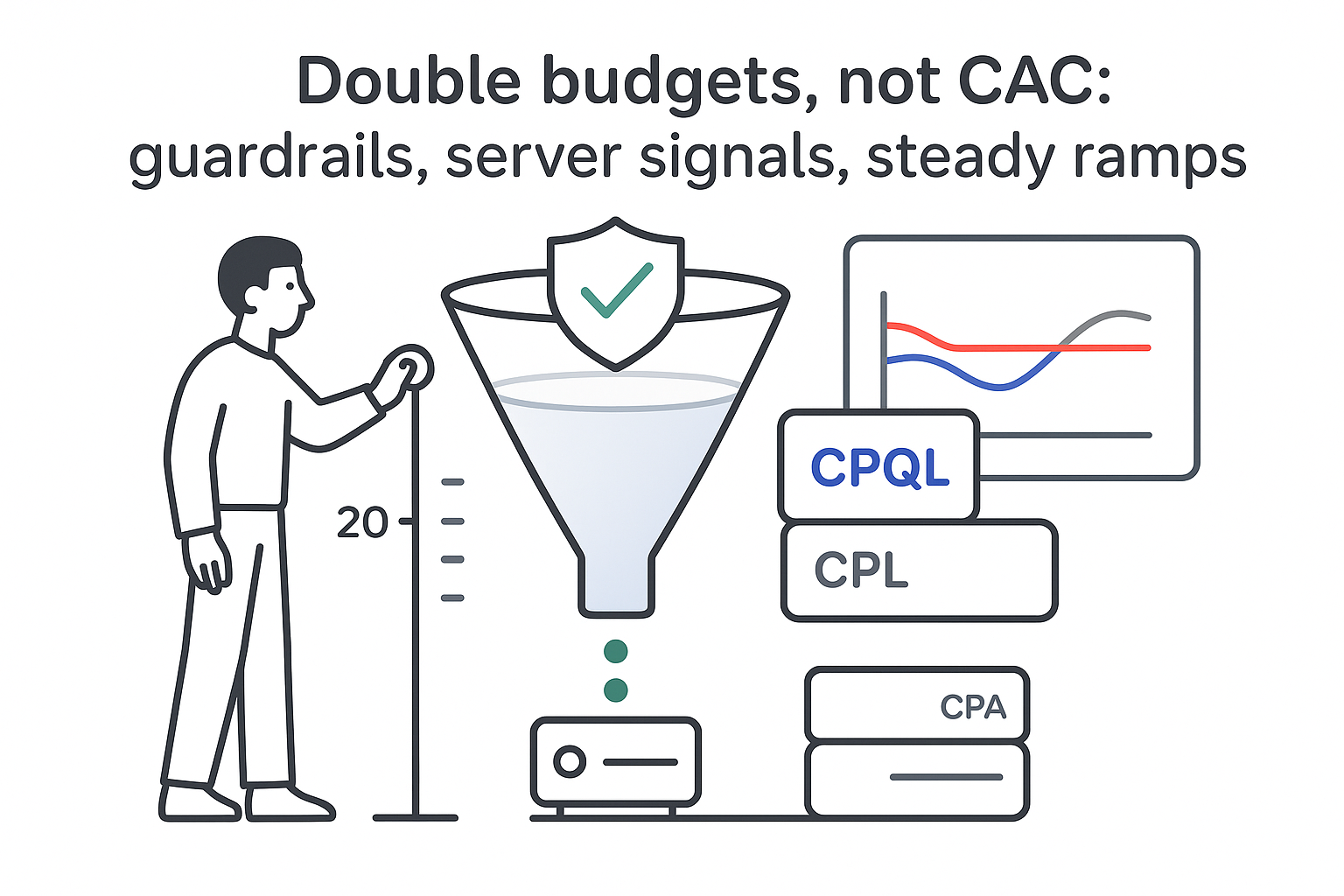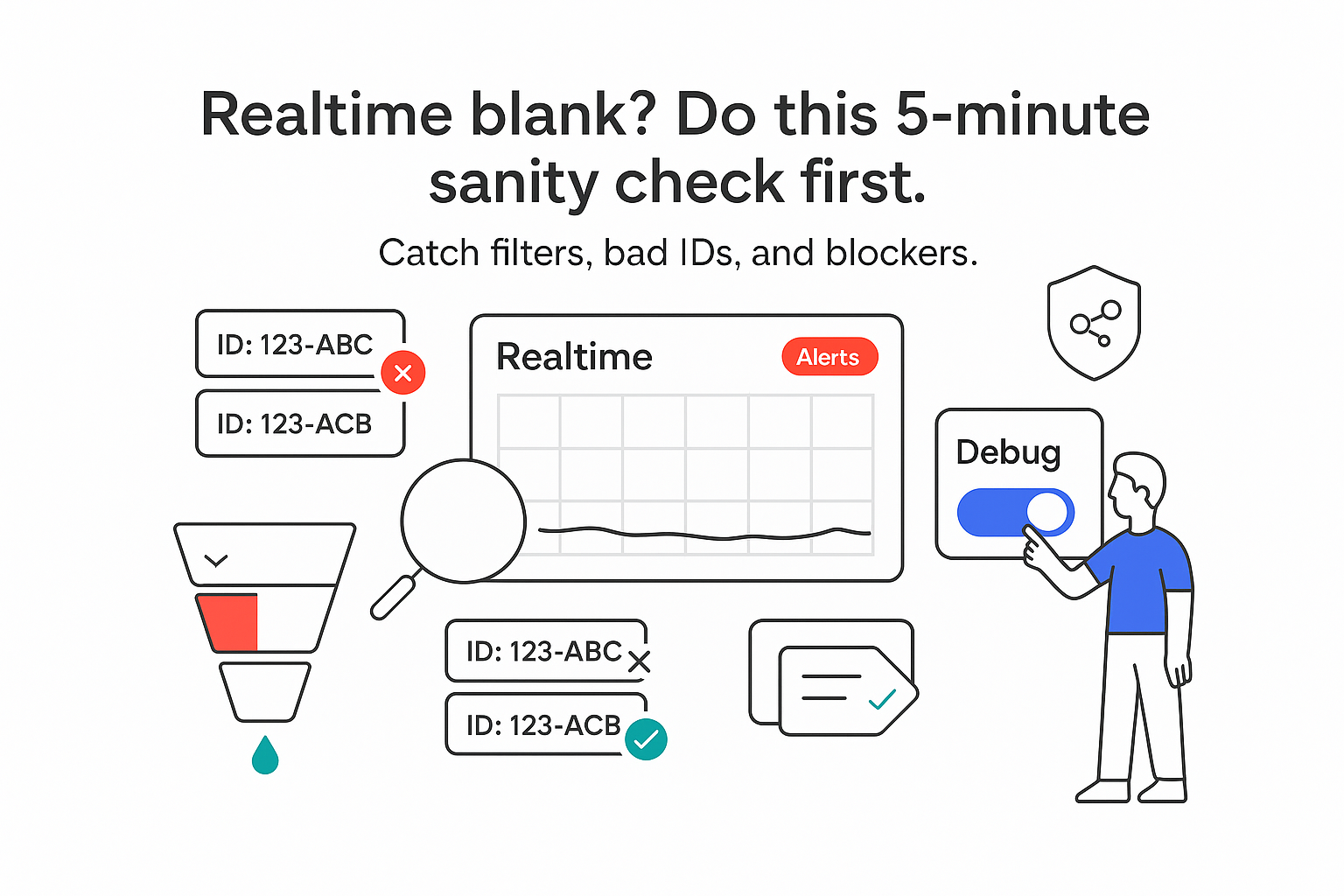You want organic growth that pulls its weight in the pipeline, not vanity charts that look pretty and do little. Fair. B2B SEO for service companies can be sharp, predictable, and tied to revenue if it is run like a revenue program instead of a blog project. Below is a practical blueprint that connects search to meetings and deals, keeps the noise out, and helps you avoid the usual money pits.
B2B SEO for service companies: SEO ROI I can prove
I start with outcomes and work backward. If a board cannot see how search turns into pipeline dollars, SEO will never get the budget it deserves. So I map keyword to page, page to session, session to lead, lead to opportunity, and opportunity to revenue, then track each step with consistent definitions. That means aligning analytics as the session truth and a CRM as the revenue truth, using offline conversion imports to close the gap. It means strict UTM discipline, call tracking on high-intent pages, and a blended dashboard that shows how visits turn into qualified conversations and booked revenue. Most importantly, I define lead statuses, SQL criteria, and opportunity stages up front so success is never ambiguous.
A straightforward measurement stack
- KPIs: organic MQLs/SQLs by segment; opportunities and pipeline from organic; closed-won revenue from organic; blended CAC by channel; ROMI for SEO; assisted conversions by attribution model
- Instrumentation: GA4 (or equivalent) for sessions; CRM for revenue with offline conversion imports; consistent UTMs; call tracking on high-intent pages; a unified report blending analytics, CRM, and call logs; documented definitions for lead and stage progression

Timelines are realistic without being defeatist. In the first 30 to 90 days, I prioritize technical fixes, Search Console cleanup, page speed, bottom-of-funnel pages, and internal links. Those moves earn early lifts on brand and core intent terms, improve conversion on existing traffic, and surface quick wins. Over six to twelve months, clusters, case studies, and digital PR compound. Expect a higher share of pipeline from organic and lower blended CAC as paid spend becomes more selective. Yes, SEO is a long game, but bottom-of-funnel content, speed, and clean measurement create early momentum while the content engine spins up.
What makes B2B service SEO different
B2B buyers do not behave like solo consumers. Service companies sell expertise, outcomes, and trust to buying groups that research heavily before they talk to sales. That shifts content toward thought leadership, frameworks, implementation detail, pricing context, and case studies - for both evaluation and risk reduction. The conversion path is also different: a demo or consultation beats a cart checkout, so credibility, friction removal, and proof sit at the center of the strategy.
I treat internal links as the spine of the site. Service hubs sit at the top; sub-services, industry pages, resources, and FAQs ladder into them; and case studies link back to the service they prove and sideways to relevant industry use cases. On resource pages, I use natural anchors to point to the relevant service instead of stuffed phrases. On service hubs, I link down to sub-services, relevant case studies, and a short set of must-read resources to guide intent without overwhelming the visitor.

Why organic matters now - and where budgets go to die
Organic reduces reliance on rising CPCs, steadies the pipeline in off seasons, and lowers blended CAC as authority grows. In many B2B service firms, organic can support a quarter to nearly half of sourced pipeline when the engine is mature, and close rates from organic-sourced opportunities often beat paid because intent skews higher and trust is pre-earned by the time sales engages. Ranges vary by industry, but benchmarks from sources such as FirstPageSage and HubSpot, along with CPC trend reporting from WordStream, support this direction of travel.
Budgets typically fail in the same ways: targeting keywords that attract peers or students rather than buyers; thin service pages that list features but never explain why the work matters or how it is done; no qualification, so raw form fills get celebrated and later disowned by sales; content without SME review that reads generic and ranks soft; and a site structure that buries important pages three or four clicks deep. Fit is strongest when buyers research before shortlisting vendors, when SMEs can review content monthly, when case studies can be published (even anonymized) without months of red tape, and when industries or use cases are clearly defined.
Technical SEO that actually moves pipeline
I do not need a hundred-item audit. I need fast pages, clean architecture, and a site search engines can crawl and index without friction. I confirm crawlability and indexation (robots rules, sitemaps, no accidental noindex on money pages), then fix Core Web Vitals issues by removing render blockers, compressing images, lazy-loading, and minimizing third-party scripts. I keep services at the top, sub-services beneath, and resources feeding both. I add structured data for services, FAQs, and reviews to help search engines interpret content the way humans do, and I merge, redirect, or improve thin or duplicate pages while updating internal links so equity is not stranded.

Quarterly, I review Search Console coverage and query data, crawl the site to surface broken links, duplicate titles, and canonical gaps, and spot-check performance for key templates. I also skim server logs or bot analytics to see where crawlers spend time and run manual SERP checks for core terms to ensure the right pages match the right intents. The output is a prioritized list of fixes tied to revenue pages first, not a museum of technical curiosities.
Keyword research that mirrors the buying journey
Great research starts with the ICP and buying jobs to be done. I map topics to funnel stages before I pick keywords, and I let the SERP dictate format. If the top results are comparison pages, I produce a comparison; if they are comprehensive guides, I do not expect a thin page to win. Bottom-of-funnel targets include combinations such as service plus industry or location, vendor comparisons, implementations, and migrations. Middle of funnel explores alternatives, pricing and ROI, and how different approaches trade off. Top of funnel focuses on symptoms, problems, how-tos, and frameworks that help buyers frame the work the way I do.
I cluster related topics under a service hub with a small set of spokes so internal links pass authority and users can move without guessing. For each target, I scan page one to confirm intent and the dominant content type, then calibrate scope and depth accordingly. That discipline prevents content that ranks but never converts - or converts but never ranks.
Content strategy: hubs, proof, and conversion paths
I build around service hubs, then layer industry pages, use cases, and case studies. Service hubs explain outcomes, mechanics, and proof in plain language, then route visitors to sub-services and relevant stories. Industry pages speak the right language and show outcomes that feel specific, not generic. Use cases map work to situations buyers recognize day to day. Case studies tell a short story with results, timeline, and quotes that remove risk. I add thoughtful thought leadership where it helps buyers make decisions, not to signal smartness.
Conversion paths are part of the page, not an afterthought. Case-study CTAs sit next to the sections they validate. Forms ask only what sales needs to qualify. Pricing context and ROI models appear where they help a buyer proceed rather than stall. Breadcrumbs and inline links keep people moving across the journey. To lift trust, I show EEAT signals through expert bylines, SME review notes, and clear sourcing; I keep details specific on process and outcomes; and I update clusters quarterly using search data and sales feedback.
Earning and directing authority
I avoid vanity chasing and send authority to pages that should rank. Digital PR works when tied to original research or trend analysis that earns mentions; partner and integration placements help if they point to relevant services; industry directories matter when real buyers use them; thought-leadership placements matter where the ICP actually reads; and statistical assets that journalists cite can punch above their weight. Outreach works best when I lead with a useful asset, tailor a short quote or data point to the publication, and link naturally to a supporting guide - then use internal links from that guide to pass equity to the service page.
Every new resource includes a couple of natural links to the correct service hub, and case studies link both to the service and to the relevant industry page. I track link impact by outcome, not just counts: target page rankings, conversions, secondary engagement such as time on page, and a small control set of untouched pages to avoid false positives.
Local visibility for service territories
If the firm serves defined regions, local can be a quiet pipeline driver. I complete and maintain the Google Business Profile with accurate categories, hours, services, and strong photos; publish service-area pages with real proof and local context; maintain NAP consistency across key directories; and encourage steady, specific reviews that mention services. Proximity matters in local results, but strong content and consistent signals can rank service-area pages beyond office locations. Measurement ties back with tagged profile links, call tracking that captures source, and offline conversion feeding back into analytics and the CRM.
FAQs CEOs actually ask
How long until pipeline shows up?
I plan for 30 to 90 days of technical fixes, speed gains, and early ranking lifts on brand and core service terms; 3 to 6 months for steady MQL and SQL growth as clusters index and internal links mature; and 6 to 12 months for compounding pipeline as authority builds and case studies stack. That cadence aligns with how search engines and buying cycles work, not wishful thinking.
How should a B2B SEO program be structured?
I think in quarters. Foundation first: technical cleanup, analytics-to-CRM alignment with offline imports, ICP validation, and service hubs with bottom-of-funnel pages. Expansion next: clusters per service, case studies, and initial PR. Then optimization: stronger conversion paths, refreshing top performers, pruning weak pages, and tightening internal links based on data. Scale follows: new industries or use cases, a data study for PR, and richer formats like video or webinars that support search.
How much content is enough?
Output follows authority and goals. Lower-authority domains tend to need more frequent publishing to establish coverage; mid-authority domains can focus on tighter clusters and refreshes; high-authority domains can prioritize fewer, deeper assets, stronger PR, and consistent refreshes that defend leadership positions. Volume without SME review or clear intent is wasted effort; quality and fit beat raw count.
What do I need to start?
Development access to ship fixes and templates, analytics and CRM integration with offline conversion imports, SME time for review and fact checks, approval to publish case studies or anonymized wins, and a simple qualification rubric sales and marketing both accept. With those pieces in place, I can attribute results cleanly and scale what works.
Final note
SEO is not magic, yet it compounds in a way few channels can match. It lowers blended CAC when it is tracked correctly, and it brings in better-fit leads when content reflects real problems you solve. It also stalls when navigation hides your services or when content is ghostwritten without expert input. The fix is simple, if not always easy: make service pages the spine, let real expertise shape the words, and point everything measurable back to pipeline. That is B2B SEO for service companies working as intended.







.svg)